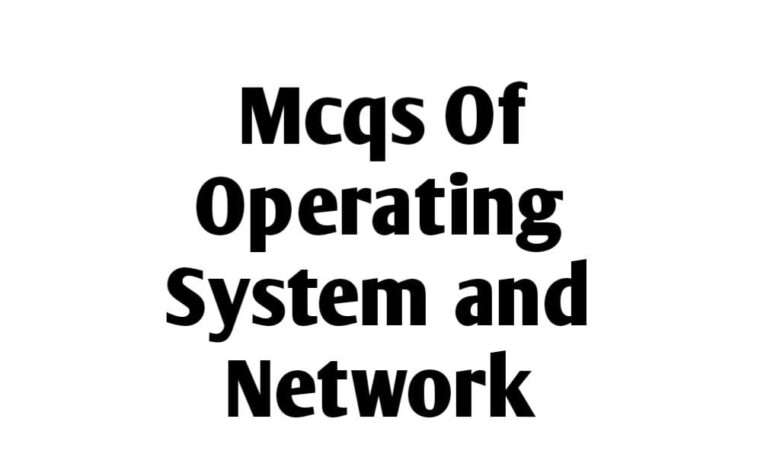
21. Round Robin algorithm is similar to _____________ scheduling but preemption is added to switch between processes.
a. Shortest Job First
b. Shortest Remaining Time First
c. First Come First Serve
d. None of these
22. In Unix/ Linux, by default the standard input file is attached to the ___________
a. Mouse
b. Keyboard
c. Light pen
d. Joystick
23. A major problem with priority scheduling algorithms is _________________.a. Deadlock
b. Aging
c. Starvation
d. None of these
24. Round Robin algorithm is most suitable for __________.
a. Time sharing system
b. Real time systems and batch systems
c. Running Batch programs
d. Expert system
25. ___________ is a solution to the problem of indefinite blockage of low-priority processes.
a. Starvation
b. Deadlock
c. Aging
d. None of the these
26. _____ system call is used to write to a file or FIFO or any other IPC channel.
a. Read
b. Write
c. Open
d. Fork
27. _________________ scheduling allows a process to move between queues.
a. Round Robin
b. First Come First Serve
c. Multilevel Feedback Queue
d. Shortest Remaining Time First
28. The hardware mechanism that enables a device to notify CPU is called an ———
a. Interrupt
b. Signal
c. Trap
d. Process
29. The ————– system call suspends the calling process.a. Fork
b. Wait
c. Exec
d. Exit
30. A time sharing system is
a. Multi tasking
b. Interactive
c. All of these
d. Multi user
31. The main characteristic of a Real time system is
a. Efficiency
b. Large Virtual Memory
c. Large secondary storage device
d. Usability
32. scheduler selects the process from the job pool and put them in main memory.
a. Long term
b. Short term
c. Medium term
d. Swapper
33. The execution of critical sections must NOT be mutually exclusive
a. True
b. False
34. The performance of Round Robin algorithm does NOT depends heavily on the size of the
time quantum.
a. True
b. False
35. _ is also called Swapper.
a. Swap space
b. Medium term scheduler
c. Short term scheduler
d. Long term scheduler
36. The bottom layer in the layered approach of Operating System is———–
a. Hardware
b. User interface
c. Hardware
d. Kernel
e. None of the given options
37. The creating process is called a————— process while the new processes are called the —
———– of that process
a. None of the given options
b. Children, parent
c. Parent, children
d. Zombie, single
38. The time it takes for the dispatcher to stop one process and start another running is known as
the———–.
a. Dispatch latency
b. Scheduling
c. Context switching
d. None of the given options
39. First-Come, First-Served (FCFS) is a ————–scheduling algorithm.
a. Preemptive
b. non-preemptive
c. both preemptive and non- preemptive
d. none of the given options
40. The Shortest-Job-First Scheduling algorithm can be
a. Preemptive onlyb. non-preemptive only
c. preemptive or non-preemptive.
d. None of the given options





